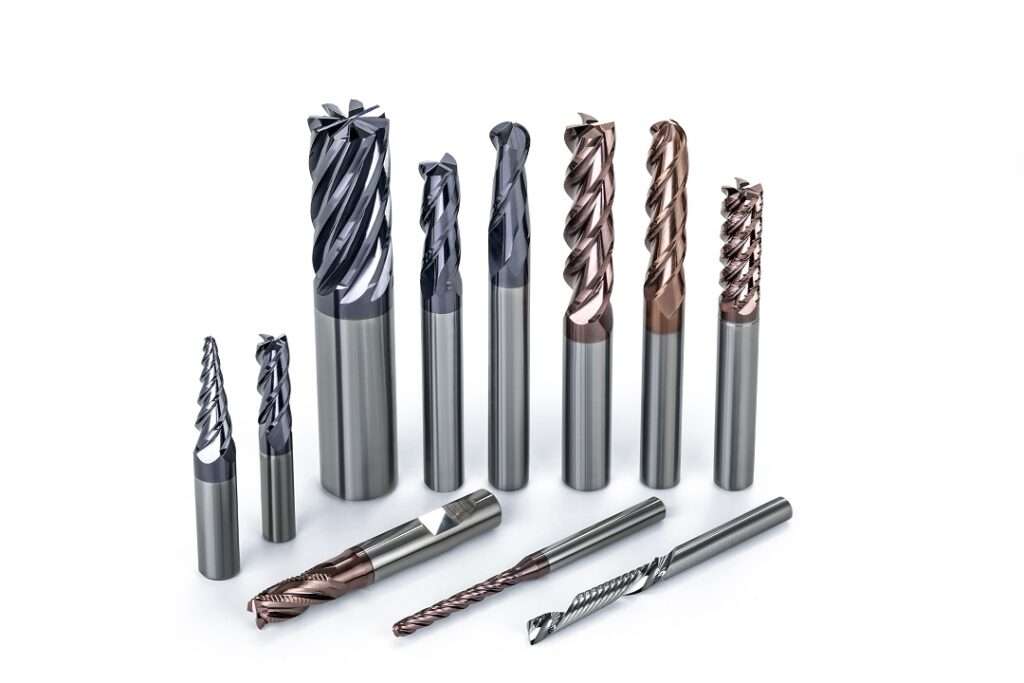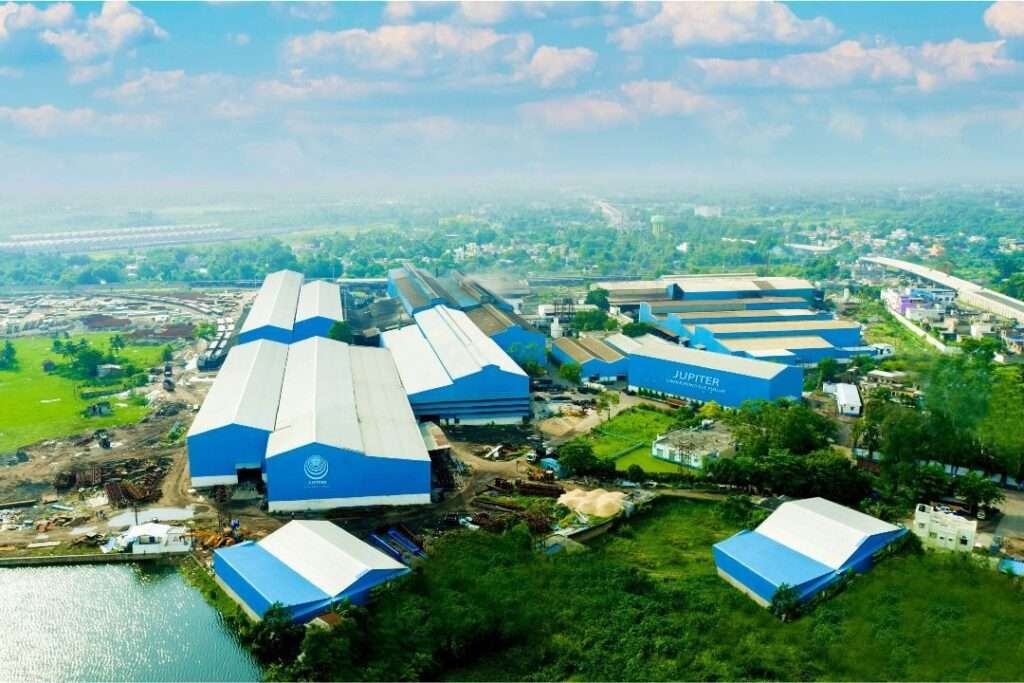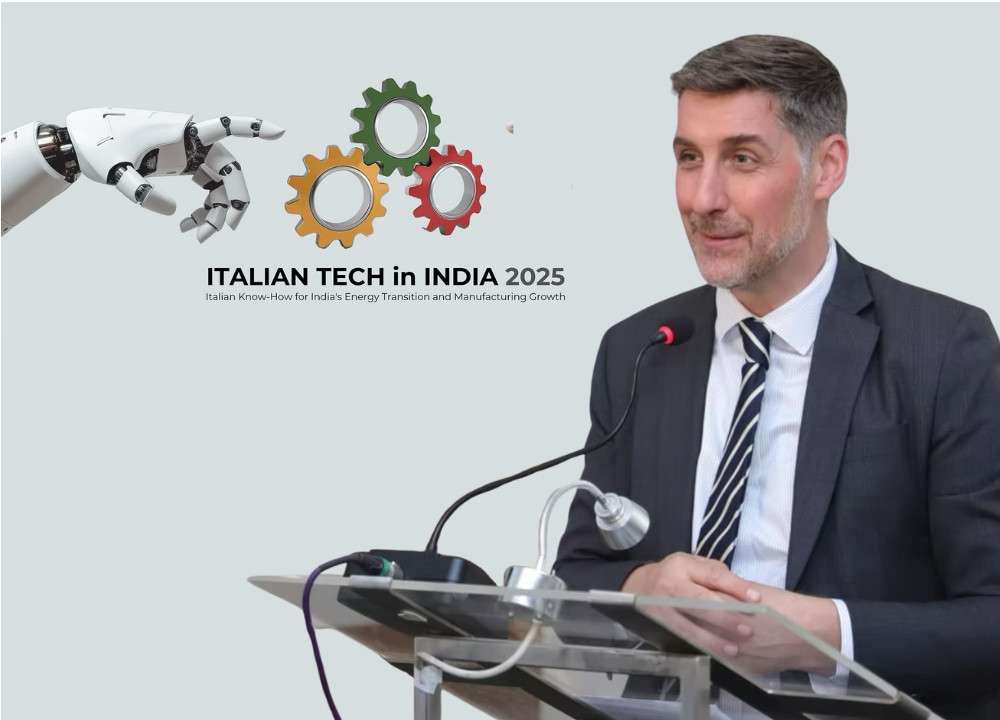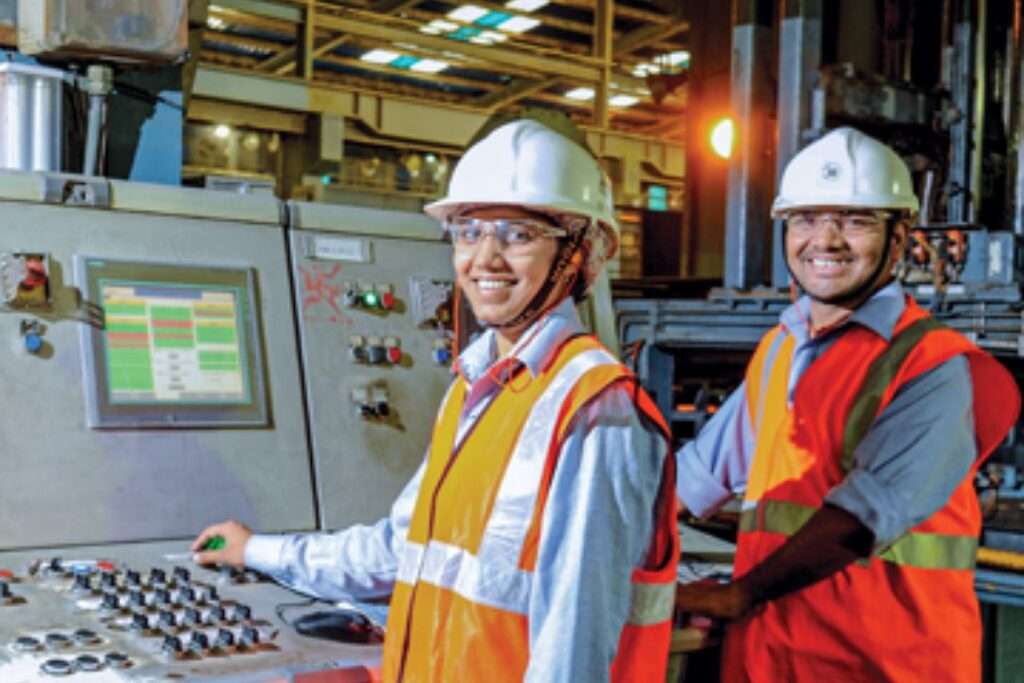Securing a safe and ensured career prospect has been the prime concern for the new age professionals. More so for the female workforce that tends to relish the dividends of higher education and smart jobs. But it would be erroneous to make a blanket generalization and undermine the fresh talents that choose to tread in the less travelled path. Samidha Pathak is one such refreshing exception.
After completing Bachelor in Civil Engineering from Yeshwantrao Chavan College of Engineering and a Masters from Visvesvaraya National Institute of Technology, Nagpur Samidha Pathak is presently working in the Research & Development Department for Nuvoco Vistas Corporation Limited, Mumbai. A writer at heart, she writes technical articles about concrete, cement technology, civil engineering, women empowerment and youth. Speaking to Machine Maker, Samidha shares her journey so far and how she placed herself in a more challenging and inspiring position that she serves today with confidence.
Off the Beaten Track
After finishing her studies Samidha had some opportunities to join some government jobs. “Being in Civil Engineering, it is a dream for many people to work in the public sector. But despite being placed, I had refused that opportunity. The reason being I never liked the tentative setting and doing a job for namesake. I love accepting challenges and engineering problem-solving skills.” Samidha wanted to put herself in a somewhat uncertain situation where she can offer a solution to some significant problematic points in Civil Engineering.

Nuvoco Vistas Corp. Ltd, a Nirma Group company, is a leading manufacturer and retailer of building materials with a commitment to Sustainability and developing ‘green’ products. The company’s calling cards in the market are cement, Ready-Mix Concrete (RMX) and Modern Building Materials (MBM). Nuvoco Vistas has its own Construction Development and Innovation Centre (CDIC) in Mumbai, accredited by National Accreditation Board for Testing and Calibration Laboratories.
Samidha explains, “Research & Development and manufacturing are very closely related. What we research in the lab doesn’t always mean that it will work out at the plant level or on the site level. There are n-number of factors which go unattended at the design stage of a product that shows up while we actually implement them in the projects.” So developing the skills to bridge the gap between development and manufacturing have been the prime learning for her, asserts Samidha.
Samidha’s previous exposure to high-end civil engineering projects like Nagpur and Mumbai Metro Railway proved to be handy while working in R&D. The projects helped her to develop a keen understanding and insight into Site-Level Intelligence. “It is that a lot of industrial actualities ask for correlating the theoretical knowledge with the on-sight conditions.”
Civil Engineering: Newer Perceptions

The conventional notion towards Civil Engineering is that of planning and execution, and essential post-production process. But very few know about the R&D that goes to develop raw materials with exact gradation and structural consistency as applicable to a specific construction or project. Samidha explains that it is not just research and development, but that more than that civil engineering is a lot about problem-solving and troubleshooting.
“There is some ground reality associated with every project, which is unique to each one of them. So identifying the variables and loopholes, and providing solutions backed by studied and tested research work is one of the key aspects of the trade. Development and designing are more like emerging learning, but taking into consideration the actual situation and resolving their works at a completely different level. The thing with the problems of structural and mechanical nature is that they are neither apparent nor perceptible. So we need to identify the flaws and lapses and solve them by keeping one variable at a time. If one goes playing with many variables, then it will be like getting nowhere.” That’s one aspect of it. The second concern is the requirements coming from the market.
Samidha says that it is not that a civil engineer does what she or he likes. All of it is based on market demand, emerging trends and new technologies. “A civil engineer must understand the ‘pain points’ of the customers. All these pain points should be observed, studied and worked upon to offer reliable solutions. These problems and complications are to be taken into consideration during product development, and it is the key to understanding the value of research in the field of civil engineering.” R&D also has a major role to play in the despatch of concrete. “There are some undulating terrains and at those places, we have an actual challenge of sending the mixers.
Samidha highlights the need for R&D in engineering and manufacturing by stating that the idea is to “how engineering can ease the efforts of the industry? And that is where our research is directed to.” This expands the perception of civil engineering as a much bigger and inclusive faculty.
As a researcher and developer in civil engineering, Samidha's profile entails both being in the lab and visiting sites while collaborating with associates and customers. “We work in the lab as a team and once it is through with the lab with all the parameters, then we check it with manufacturing and production while analyzing results and ascertain the risks involved. So mine is a beautiful blend of research, lab and field-based activities.”
Glass ceiling on Shop Floors
 The presence of women on shop floors is still quite low in Indian manufacturing. With women coming to the forefront in almost every aspect of professional scenarios, the shop floors are still lagging in utilizing the skills of the female workforce.
The presence of women on shop floors is still quite low in Indian manufacturing. With women coming to the forefront in almost every aspect of professional scenarios, the shop floors are still lagging in utilizing the skills of the female workforce.
Samidha believes that it is about the comfort level. “The women who dare to do something beyond their comfort zone get to work on the shop floors. They are the ones who like to work in collaboration and make some real changes in the industry and make a choice to work in the manufacturing sector. But then, that has to come from within. It's not just that we simply accept the fact that manufacturing is still largely male-dominated, in fact, society has nurtured a mindset that hardcore engineering has to be male-dominated and women will have to face greater challenges. But it is not like that, one has to approach both ways to keep problem-solving, creative thinking and calculative skills intact.” So the point is that engineering has no gender and if the drive is their one can achieve what she or he intends to do.
Being on-site and fighting the extreme climate conditions, Samidha says it has been like doing something new and learning things that she has studied in her engineering textbooks. But more than getting to know and learn, the dynamics of working on site was a major learning for her.








